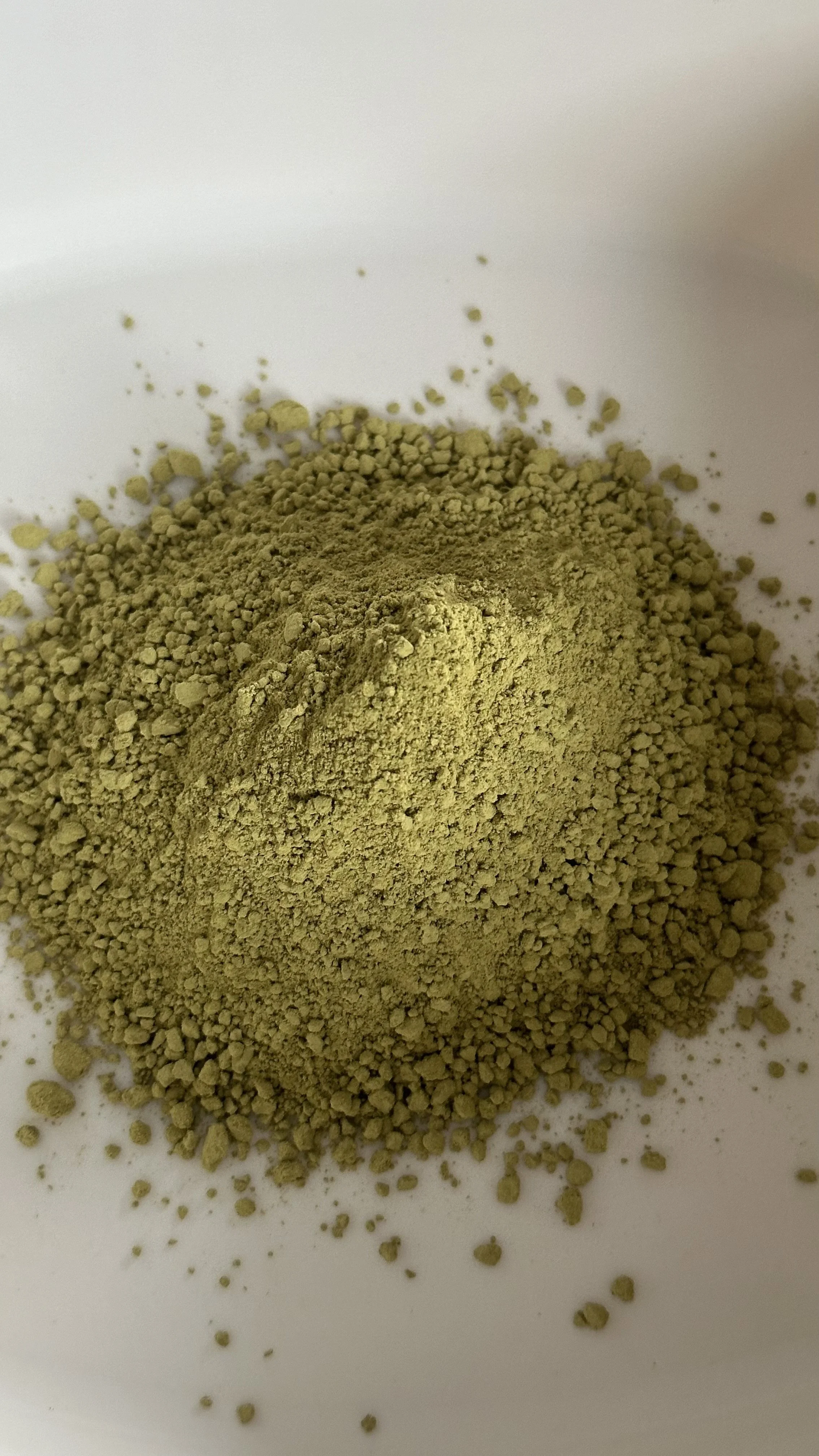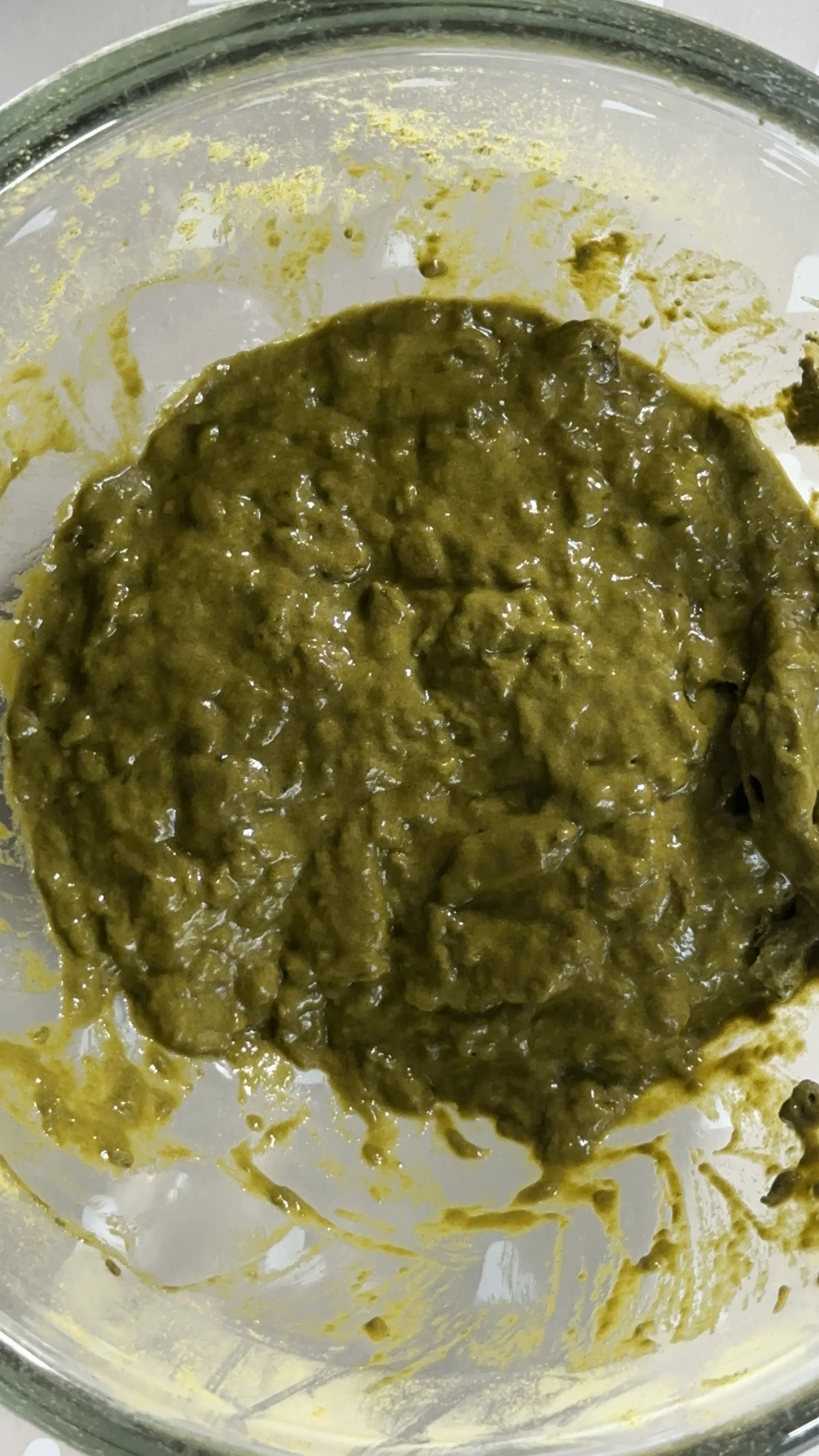Origin of Henna & Uses
Henna, also known as Lawsonia inermis, is a flowering plant native to North Africa, the Middle East, and South Asia. The word henna is originally derived from the Arabic word "ḥinnāʼ" (الحناء) and is commonly known as mehndi in South Asian cultures. For thousands of years, its leaves have been dried, crushed, and turned into a natural paste used for body art, hair dyeing, and even medicinal purposes.
A Brief History of Henna
Henna has a rich cultural history, with its earliest recorded use dating back over 5,000 years. It was widely used in ancient Egypt — even Queen Cleopatra is said to have used henna to adorn her hands and nails. From North Africa to India, it became a symbol of celebration, protection, and beauty.
Cultural & Ceremonial Uses
Across cultures, henna is commonly used in weddings, religious festivals, and rites of passage. In Indian, Pakistani, and Arab traditions, intricate bridal henna designs are applied before the wedding day to symbolize joy, love, and spiritual awakening. In North African cultures, henna is often applied during important life events for blessings and protection.
Everyday and Modern Uses
Today, henna continues to be used not just for traditions, but also for self-expression and natural beauty care. It's popular for:
Temporary body art (mehndi)
Natural hair dye
Cooling the skin in hot climates
Herbal healing (traditionally used for wounds, nails, and skin)
Whether used for ritual, art, or wellness, henna remains a deeply rooted part of many cultures — treasured for both its beauty and meaning.
Medicinal & Healing Benefits of Henna
Henna has long been valued in traditional medicine for its cooling, antimicrobial, and anti-inflammatory properties. Some of its common medicinal uses include:
Soothing headaches and fevers by applying henna paste to the scalp
Treating minor burns and wounds due to its natural antibacterial qualities
Strengthening nails and reducing fungal infections
Easing joint pain when applied topically as a paste
While these uses are traditional and passed down through generations, henna continues to be cherished in many cultures for its ability to bring both comfort and care to the body.



